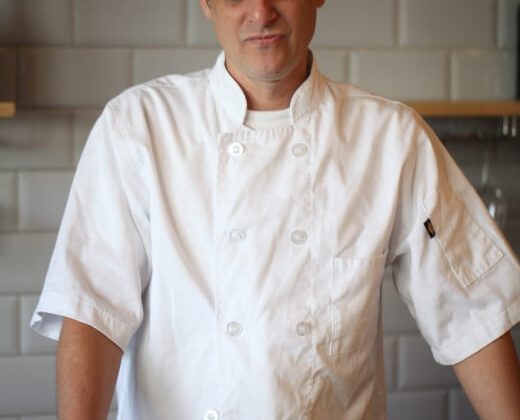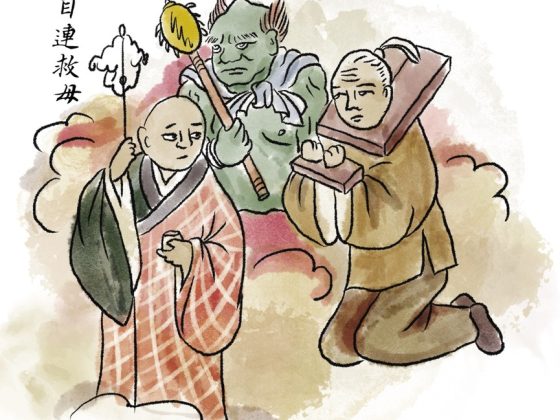Words by Rick Charette
Let’s spend a little time getting to know a place with a legitimate claim to being Taiwan’s premier hot-spring resort hotel.
When the Japanese controlled Taiwan as a colony from 1895 to 1945, they transplanted their love of genteel mineral-spring soaking to the island. A distinctive Taiwanese hot-spring culture then bubbled forth after their post-WWII departure and today the local passion for hot-spring mini-vacations remains as strong as ever. (Related: Remembering Taiwan’s Kinkaseki POW Camp on Tomb Sweeping Day)
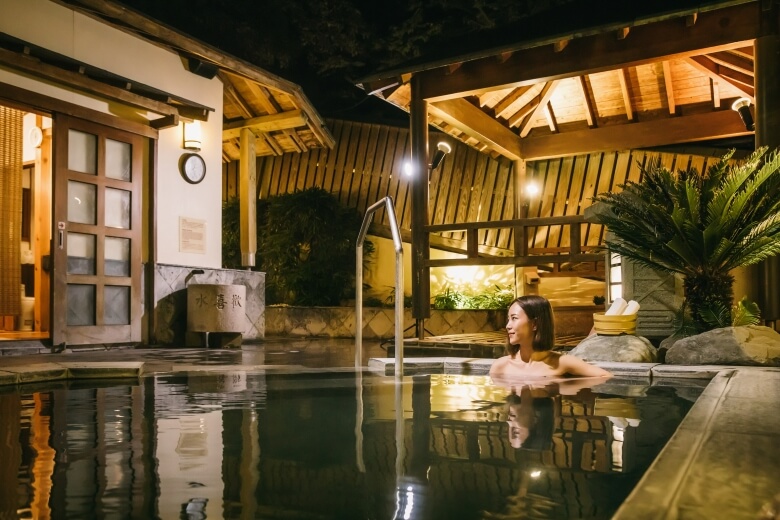
After mapping Taiwan’s 100-plus hot springs, among the first targeted for resort development by the Japanese was Zhiben (知本), on the southeast coast just below today’s Taitung City. The 5-star Hotel Royal Chihpen (HRC) joined the famed tourist destination in 1992 and has reigned ever since as the recognized resort empress.
As it should be for an empress, the HRC sits upon a high throne, regally looking down over its Zhiben realm. The resort area is divided into two parts. The “outer” area is at the mouth of the long, deep mountain valley carved by the Zhiben River (知本溪), looking at the Pacific coast. The “inner” area is just upriver inside the mouth, around the riverbend. The HRC is perched on a plateau up inside a small side valley, immediately above the inner area.
Surrounded by steep forest-covered mountainsides, it is an oasis of quiet, the fresh air filled with birdsong and, on many early mornings, the chatter of the macaques that descend the slope behind. The vast swathe of green before the hotel is beautified further by the bright pastels of a serene temple complex.
The hotel is also home to a unique, harmonious blend of cultural elements, combining refined Western, Japanese, Taiwanese, and indigenous flourishes, which together blend soothingly with the surrounding aesthetic beauties naturally sculpted long ago. International visitors are especially enamored with the showcase use of elements celebrating the cultures of Taiwan’s native peoples.
Showcase for Indigenous Culture
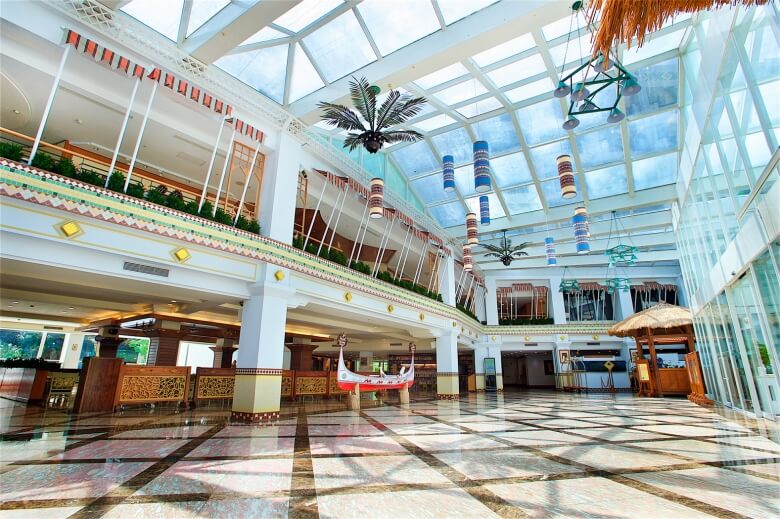
Taitung County has a heavy indigenous population and Zhiben-area natives were using the healing mineral waters long before the Japanese arrival, digging pits in the gravelly riverbed for recuperative soaks.
Indigenous sculptures and visual motifs are seen throughout the HRC complex. Visitors are greeted in the lobby by an exquisitely crafted, multicolored traditional ceremonial seagoing canoe made in the 1970s by a Tao tribe (達悟族) warrior. The Tao inhabit Orchid Island (蘭嶼), off the Taitung coast, reachable by ferry. Each evening an indigenous song-and-dance performance is staged in the lobby. In the rear-area recreational complex are a number of indigenous-themed attractions, with hotel staff on-hand providing explanation: a mock-up warrior-hunter meeting hut, an archery range teaching shooting skills and an outdoor cooking hut where traditional indigenous foods, ingredients and flavors are explained and DIY cooking experiences are offered. In keeping with the well-known warm and inviting hospitality of Taiwan’s indigenous peoples and the people of the country’s south, the hotel has a relaxed, family-like atmosphere, with approximately 80% of the personnel being native (full or half). The HRC consistently places right at the very top in national public polling on hot-spring accommodations and a solid portion of its clientele are returnees, coming back repeatedly for family vacations.
A Getaway for the Whole Family
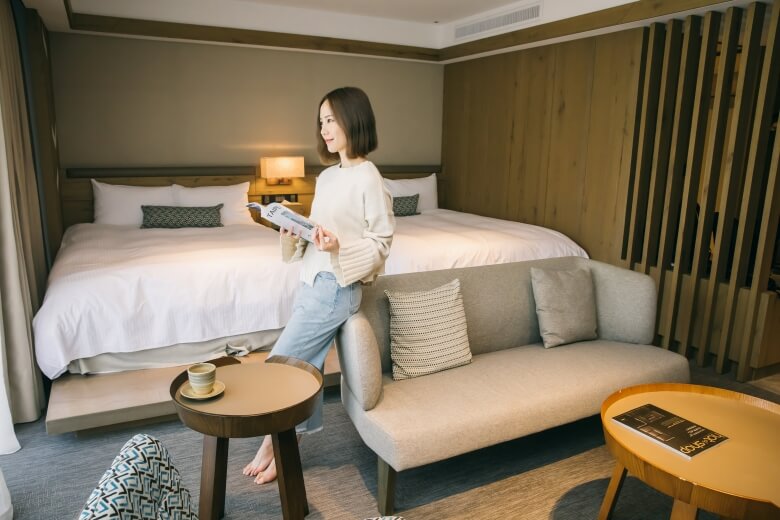
Another key HRC design theme is serving as a “getaway oasis for the whole family.” The extensive number facilities enables adults to go off and do their own thing while teens and kids head off to do theirs – all members of different age groups are sure to find just the type of stimulation desired. All kid-oriented facilities are supervised.
The hotel has undergone a thorough interior redesign in the past few years and the rooms are now have modern European look. There is liberal use of wood, light in color, honoring the wood-use traditions of Taiwan’s tribal peoples, and tasteful use of indigenous totem patterns, in such places as wall trimming and balcony railings, along with indigenous-theme artworks. Each room is equipped with a stone-slab hot-spring tub, wash stool and ladle, in the Japanese style. There are rooms both for families and for those seeking absolute quiet – these are in separate areas of the hotel to ensure guests don’t disturb each other. Recently, a number of family rooms have been redesigned to resemble the inside of traditional indigenous dwellings, some with native-theme decorations appealing to both young boys and girls.
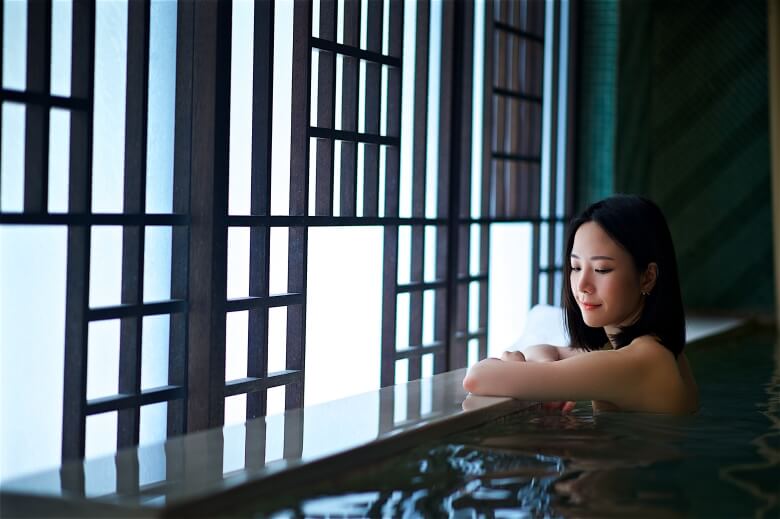
Water-themed facilities include a large competition-sized pool with water temperature seasonally adjusted for maximum comfort. The Spa Paradise is designed for family togetherness, with an aquatherapy bath, ultrasonic bath, kids’ hot-spring slide, beverage bar and more. The Open-Air Spa features separate baths for men and women (rotated daily), with bathing au naturel Japanese-style. The indoor Spa Complex has Jacuzzi and mineral baths at four different temperatures, also with separate male/female facilities and au naturel bathing. The Quan SPA provides both Oriental and Occidental massage therapies.
In the basement-level Recreation Center is a variety of fun games, including table tennis, billiards, darts and e-games, as well as a gym, children’s library and two private KTV (karaoke) party rooms. The hotel’s varied F&B facilities enable guests to freely jump between culinary cultures throughout their stay. The DA DA LA provides set meals and semi-buffets with Italian influence. The Teppanyaki serves up the Japanese culinary favorite it is named after, while guests can enjoy British-style afternoon tea and snacks in the Lobby Lounge. The largest facility, the Naruwan, allows diners to explore both the Chinese and Western gastronomic worlds via buffet. The chefs emphasize local ingredients, using only such must-imports as cheeses, foie gras, salmon, beef, etc. (Related: Cheap Eats in Taiwan)
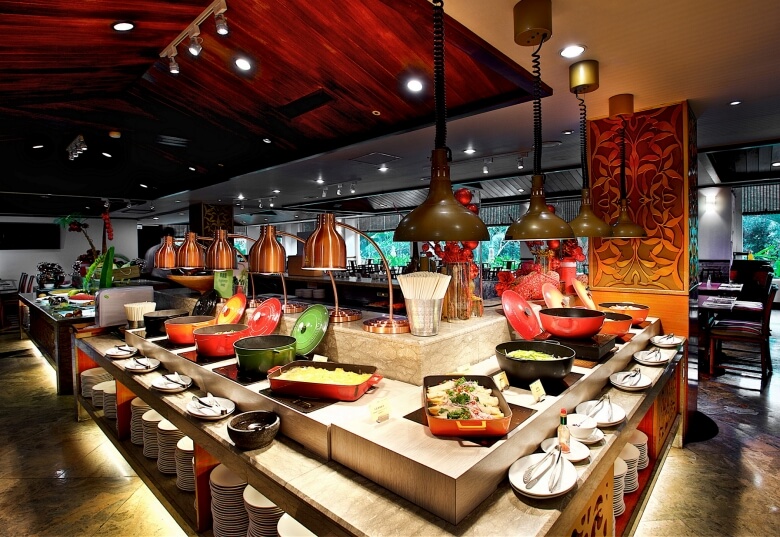
Special-Excursion Services
Most guests are happy to spend their entire stay exploring the resort’s many luxuries. However, the HRC also takes care of those with more wandering spirits eager to also explore the Taitung/Zhiben region’s many other tourist attractions. Transport services are provided along with a variety of guided outings. Many are focused on seasonal happenings, such as the summertime Taitung International Balloon Festival and the Amis tribe’s (阿美族) Harvest Festival celebrations at Dulan (都蘭) village and the autumn mountainside Daylily Flower Blossom Season in Taimali Township (太麻里鄉). These and other draws are introduced in two accompanying articles featuring local sightseeing and sporting/exercise attractions, respectively.
For more information on the hotel, including its shuttle services to/from the Taitung and Zhiben railway stations and Taitung Airport, visit www.hotelroyal.com.tw.


